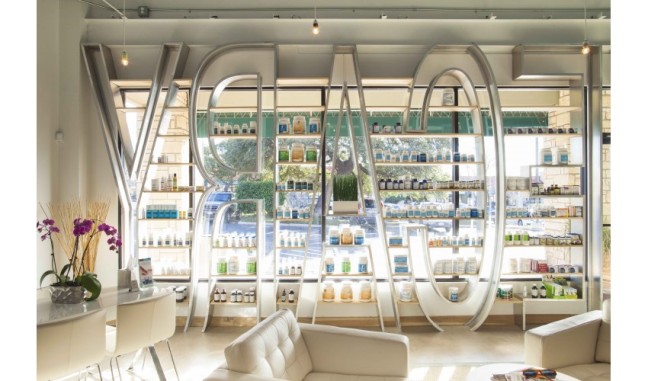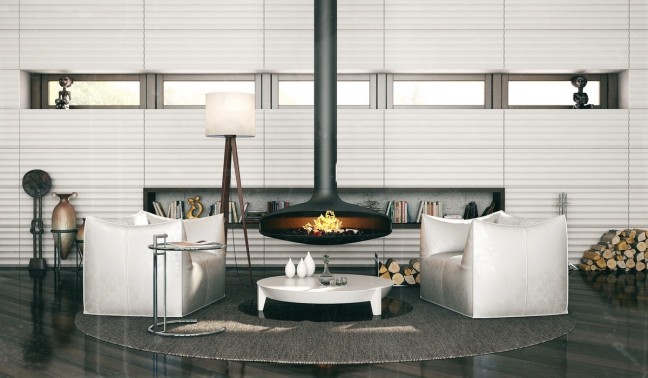By: Leslie Baer, Senior Associate
I’ve worked on several projects over the years where companies have transitioned from mostly private offices to an open plan. Overall, the most successful outcomes had one thing in common: communication. In the same way each design we create is unique, each cleint’s approach to change management varies. The following techniques have proven to positively impact successful change in workplace and the happiness of the affected employees.
Ask and Listen: “Will I have what I need to do my job?” is one of the biggest concerns we hear when transitioning clients to an open plan. One of the most basic design tools we have is our ability to ask questions and truly hear the answer. We accomplish this in several different ways. In some instances, we have used an online survey tool to create a custom set of questions to identify individual work styles and understand what tools are required to be successful in each. This information enables us to design a customized space to address both professional and personal needs. We can also obtain this type of information by facilitating one-on-one interviews with the staff. This type of interview allows us to listen to the concerns of each employee and provide reassurance that their needs would be addressed in the new space.
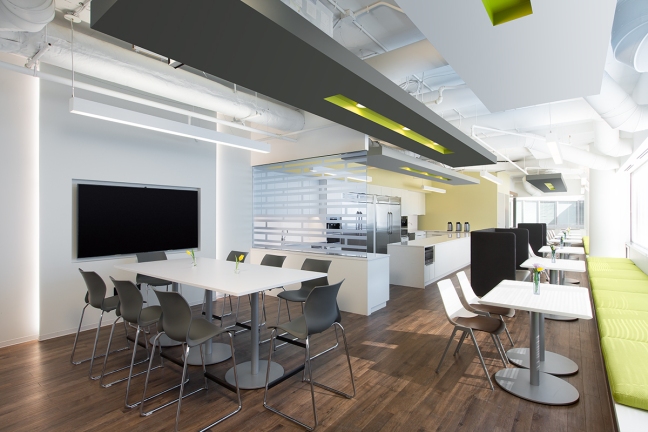
Inform: Most employees are fearful of change and relocating to a new office can be a big adjustment with many unknowns. Informing employees of what’s to come is important in their excitement and acceptance of a new space. By managing expectations, you spend less energy being anxious and focus more on the many benefits that a new space can provide. While working with a past client on their relocation, we were asked to participate in a presentation to the entire company. This presentation included information about the new amenities being provided, as well as unveiling the finishes, furniture, and upgrades that each employee was being given. We spoke about the design of their new office, showing the passion we put into the space we created for them. Because we had already met with several of the people in the room, we were able to address the concerns we knew existed by showing the features we designed in response to these concerns. After the presentation, we stayed for additional questions and had several one on one conversations to answer personal questions the employees had about their new space. A majority left the meeting feeling excited for what was to come.
Our office recently relocated, and the Principals used a similar approach to help alleviate any fears associated with moving. We did a field trip to tour the new space before construction was complete and got to see how all the design features were incorporated into our new space enabling us to work better. As a company, returned to our current space, buzzing with excitement for what was to come now that we knew what to expect with our new space. As the move date approached, we were given additional information to prepare us for our first couple weeks in our new home.
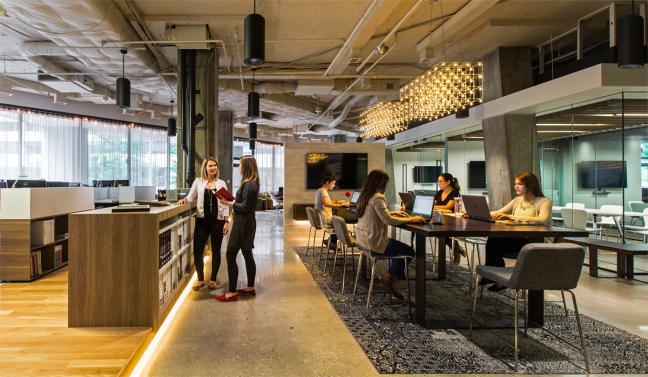
From the top, down: The most successful transitions from closed to open plan happen when the concept is fully embraced from the top, down. If the owner of a company can do their job in a completely open environment, then so can any one of their employees. There are certainly exceptions to this concept, but for the vast majority of people in the workforce, it holds true. In order for the open plan concept to work, alternate work spaces must be provided. This was an idea that another previous client wholeheartedly believed in. Throughout the entire plan, there are a variety of conference rooms, teaming areas (open and closed) and phone booths for employees to utilize if they receive a private call, need to focus on heads-down tasks, or have meetings with their team. The design team strategically placed these rooms to accommodate the entire staff, but made sure there were team rooms adjacent to where the owners would be sitting, as well as the HR department.
In another instance, a client wished to change the way their office worked, so we aligned their style more with their European counterparts. One of the executives stated that if he could work at a conference table in the middle of the busiest part of the office, then everyone could work in an open environment. They were ahead of their time when they transitioned to open plan and while everyone received a generous benching style workstation, the executive stayed true to his word and worked at a conference table adjacent to the coffee bar.
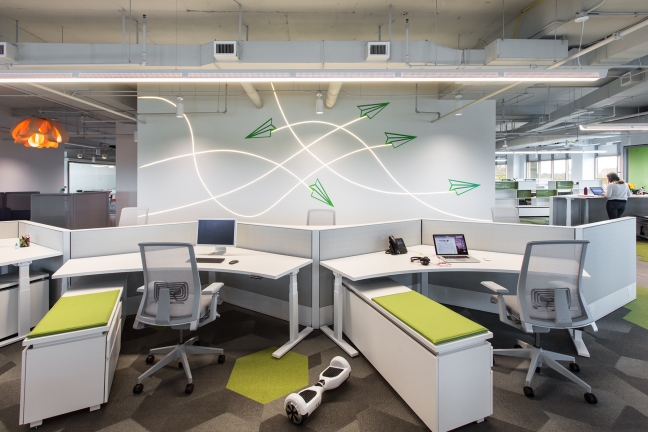
Big transitions can be difficult, but if the change helps a company to grow together, work smarter, or work better then it’s worth taking on. Feeling as if you had a say in the space you will spend a majority of your time in, helps alleviate the growing pains of moving. Being informed of the changes to come, helps take away the fear of the unknown, leaving room for the excitement. Knowing that the whole company is a part of the transition helps to strengthen the company as a whole. Communication and great design will accomplish these things in a positive and effective way.


























